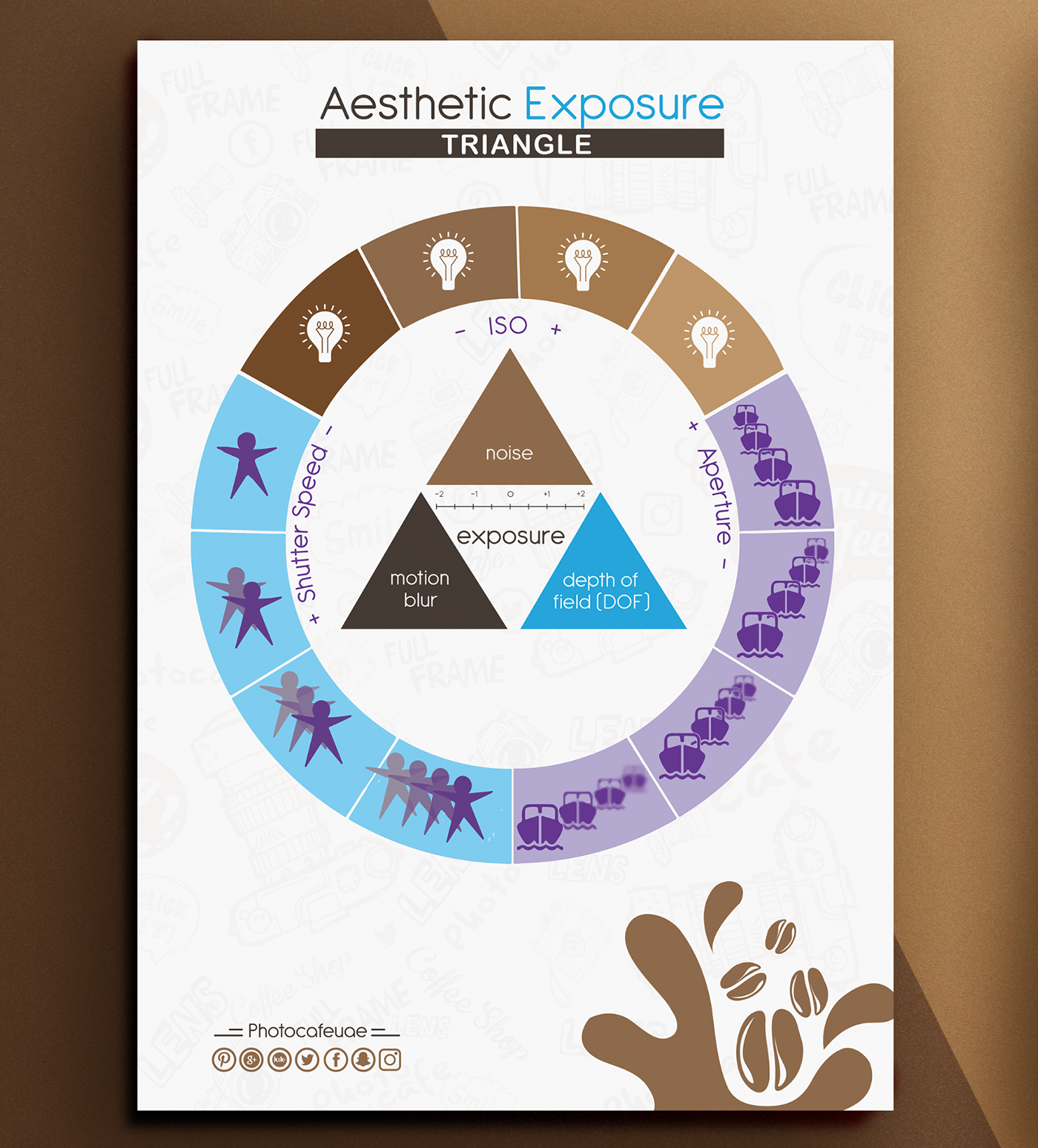Join Us To Find Important Photography Suggestions That Will Unlock Your Camera'S Capacity-- Prepare To Catch Sensational Pictures In A Snap!
Join Us To Find Important Photography Suggestions That Will Unlock Your Camera'S Capacity-- Prepare To Catch Sensational Pictures In A Snap!
Blog Article
Short Article Writer-Barrett Bryant
When you first grab your cam, it can feel overwhelming with all the setups and alternatives readily available. You could find yourself asking yourself how to browse aperture, shutter speed, and ISO successfully. Grasping these principles is essential, however there's more to photography than just technical knowledge. Understanding composition methods and lighting problems can boost your photos substantially. So, suppose you could learn easy methods to boost your abilities and begin recording remarkable pictures faster than you believe? Let's explore how to transform your digital photography journey.
Recognizing Cam Settings
Understanding your electronic camera setups is important for capturing stunning pictures. When you grab your camera, acquaint yourself with the three main settings: aperture, shutter rate, and ISO. https://zenwriting.net/cassy4penelope/just-how-to-discover-your-distinct-design-as-a-digital-photographer plays an important function in exactly how your pictures turn out.
Beginning with aperture, which manages the quantity of light going into the lens. A bigger aperture (reduced f-number) lets in more light and produces an attractive history blur, best for portraits. Alternatively, a narrower aperture (greater f-number) maintains even more of the scene in emphasis, perfect for landscapes.
Next, concentrate on shutter speed. https://telegra.ph/Typical-Mistakes-New-Photographers-Make-And-Exactly-How-To-Avoid-Them-01-08-2 establishes how long your camera's sensing unit is revealed to light. A fast shutter rate freezes activity, which is wonderful for action shots, while a sluggish shutter speed can develop spectacular results like smooth water in landscapes.
Lastly, adjust your ISO. This setup impacts your cam's sensitivity to light. A greater ISO is useful in low-light circumstances however can introduce sound or grain. Go for visit the up coming post while still achieving proper exposure.
Structure Methods
When you're out shooting, composition can make all the difference in exactly how your pictures reverberate with viewers. Beginning by using the policy of thirds; picture your framework separated right into nine equal areas with two horizontal and two vertical lines. Setting key elements along these lines or at their crossways to develop equilibrium and passion.
Next, take into consideration leading lines. These all-natural lines in your scene, like roads or rivers, attract the viewer's eye right into the picture, assisting them through the story you're telling.
Do not forget framing; use aspects within your scene, like trees or home windows, to develop a structure around your topic, including deepness and emphasis.
Likewise, keep an eye on your background. A messy history can distract from your primary subject, while a basic one aids it stand apart.
Lastly, explore proportion and patterns; they can produce a striking photo that records attention.
Learning Lights Issues
Grasping lights conditions is important for capturing magnificent pictures, as the appropriate light can transform a normal scene into something phenomenal.
Start by observing all-natural light at various times of the day. Mornings and late afternoons provide the very best light, known as the golden hour. The soft, warm tones throughout these times can boost your images magnificently.
Don't avoid overcast days either; diffused light can decrease severe shadows and create a pleasing effect, particularly for portraits.
Trying out backlighting by positioning your topic against the light source. This technique can develop a dreamy halo effect and include depth to your images.
Pay attention to your camera setups also. Change the ISO, aperture, and shutter rate to suit the lights problems. A greater ISO can aid in reduced light, however be cautious of grain.
Use a tripod in darker atmospheres to prevent blur.
Finally, don't fail to remember fabricated lights. Flash and continual lights can be excellent devices for managing light in difficult conditions.
Conclusion
In conclusion, grasping your electronic camera doesn't have to be frustrating. By understanding your setups, using make-up techniques, and taking advantage of the power of all-natural light, you'll quickly raise your photography skills. Bear in mind, practice makes ideal, so go out there and trying out your newly found understanding. With time and dedication, you'll be catching magnificent images that mirror your special viewpoint. Take pleasure in the trip, and don't forget to have fun while you're at it!
